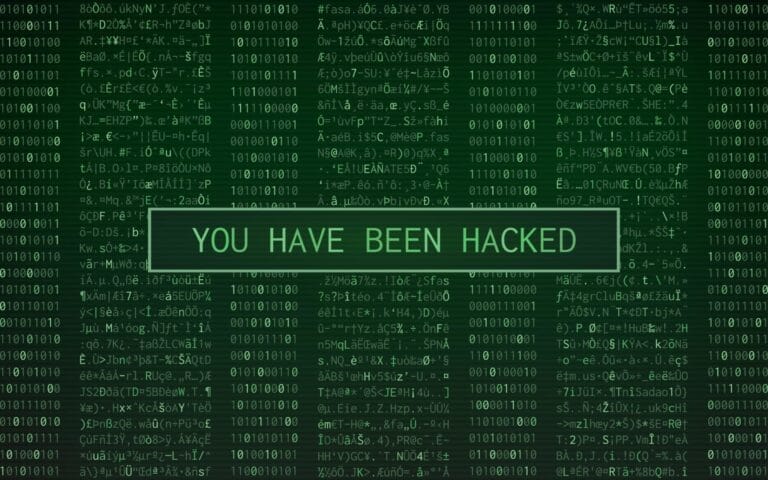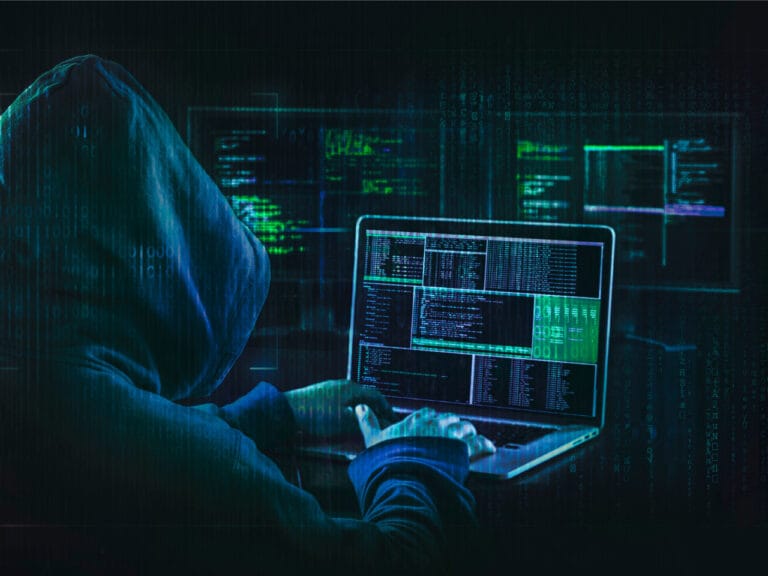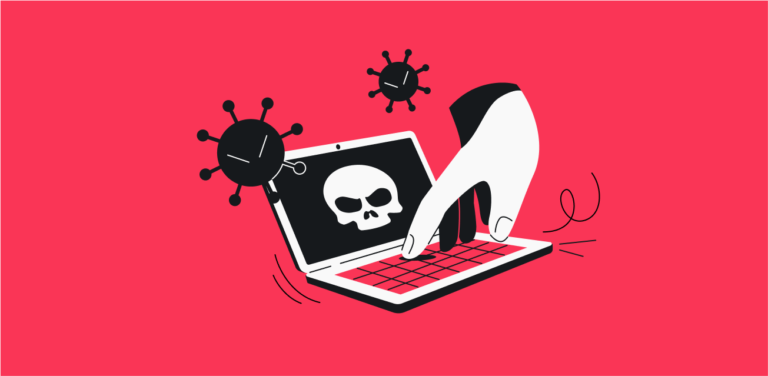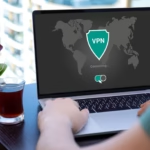Recent Blog
Check on Our Social Media
All Our Blogs
- Cyber Awareness
- June 30, 2025
- Team: Cyber Vault
Got Hacked? Don't Panic! Here's What You Can Do.

In a world where digital security is constantly evolving, one question remains: are you prepared to avoid getting hacked? As technology advances at breakneck speed, so do the threats. Cybersecurity becomes everyone’s responsibility when hackers are constantly evolving their tactics to exploit vulnerabilities in our digital lives. By understanding the hacker’s mindset, you can fortify your digital defenses and keep your personal data and devices safe. But what can be done if you do get hacked? Let’s explore the ways to protect ourselves and stay ahead of potential threats. So, if you’ve ever been hacked—or even suspect that you might have been—fear not, because we’re going to talk about everything you can do to protect yourself!
It’s very important to understand what happens after you get hacked.
Your data gets sent to the hackers. What kind of data? Well it’s going to be all the email addresses and passwords that you may have saved on your authentication browser and your authentication tokens or cookies and that data may soon be available on the dark web.
If you discover the breach early—before any real damage—it puts you in a much better position to respond effectively. As a lot of people get into trouble because they instinctively panic, they try to change their passwords and by doing so they lose control of their own accounts because maybe they don’t remember the password. By making such mistakes you actually help hackers, you need to be very calm.
Many people panic and forget that they actually have a time advantage as the hackers and most malware have a lot on their plate rather than just hacking you and it’s definitely going to take them sometime to even realize that they’ve managed to get your details or your account information. So even if you get into such a situation you could completely secure yourself before attackers even realize!
To accomplish this we have a very simple checklist :
Step 1: Identify Your Critical Assets
Emails: The most important thing are your emails, why because that’s what you use to log into everything else because even if your other account gets hacked you can reset the password using your email so think about your most important emails.
Financial accounts: Your financial accounts associated with any wallet or net banking features you use and it’s important to make sure you don’t miss anything important as you’re never going to be able to fix this for every single site you have logged into, so its important to know where the most crucial data is and make the list of the top five or top ten.
Step 2: Freeze & Replace Cards
This is more of a precautionary measure but it’s still important because you’re never going to be able to track down every single site where you have used your card, now if any of the site where you used your card was vulnerable and they have your email address and your password they could potentially get your data from that site.
Step 3: Log Out of all the Devices and Change Passwords.
Make sure you have logged out first and then change your password. Make sure you don’t have any active sessions. You just need to go into security and your devices and it’s going to show you a list of everything that’s currently signed in so just go through the list and sign out of everything other than your current session. Once you make sure you signed out you can change your passwords.
Step 4: Turn on Two Factor Authentication(2FA)
2FA acts like an extra layer of security to your account. It makes it difficult for hackers to get into the system that easily. You can set an SMS based verification if app based 2FA is not available.
How it works? Even if a hacker has your password, he won’t able to access your account without the second factor.
Step 5: Run a Virus Scan and Remove Malware
To safeguard your device and data, conduct a thorough malware scan on your device or network. Malware is a kind of software which is designed to harm or exploit your computer system. It can be in any form including viruses, worms etc. You can install antivirus software, avoid suspicious downloads, and keep software up to date. This can reduce the risk of malware infection. Tools that can be used for malware scanning (e.g., Windows Defender, Malwarebytes, etc.)

Step 6: Notify the Relevant Parties
It’s crucial to inform the concerned authorities and service providers regarding the hacking incident. As many companies have protocols in place to help users recover from such hacks. Contact customer care support and report the incident to relevant authorities.
Step 7: Seek Assistance of Professional
It is highly advisable to seek respective support and guidance form the cybersecurity specialist or professionals when dealing with breaches as it becomes troublesome for a person from not such fields to tackle such issues smoothly. Professionals can assist us in the further investigation of the breach, locating the vulnerabilities. So that all the security measures will be checked to avoid such future cyberattacks.
Step 8: Gain Knowledge through Personal Experiences
It’s really very important to realize and understand what happened once you’ve dealt with such vulnerabilities, and immediate danger and returned to the normal situation. Conduct a detailed research to understand how it took place and identify the exploited vulnerabilities. It gives you a great opportunity to learn more about cybersecurity and understand the phishing scams and how to avoid them.

Conclusion:
It can be really stressful to encounter such issues for the very first time and it becomes challenging to solve them in one go and sometimes they get more problematic and incredibly stressful, and resolving them can be a challenging task. However, taking the crucial steps immediately without panicking and being calm can reduce the damages which can be further caused in the future and can help you swiftly regain control and avoid further compromise. By following the above mentioned steps one can effortlessly reduce the risk of hacking incidents and safeguard your sensitive information.
References:
https://www.nist.gov/itl/smallbusinesscyber/guidance-topic/responding-cyber-incident
https://www.ibm.com/think/topics/data-breach
https://www.cisa.gov/news-events/news/4-things-you-can-do-keep-yourself-cyber-safe
Need help developing cybersecurity policies for your organization? Contact us, we can guide you through the assessment, development, and implementation process tailored to your specific needs and industry requirements.
Location
Nashik | Mumbai | Bengaluru | Dallas
contactus@quasarcybertech.com
Call Now
+91 97306 91190
Quick Links
Our Offerings
Copyright 2025 © All Right Reserved | QLeap Education & Trainings



